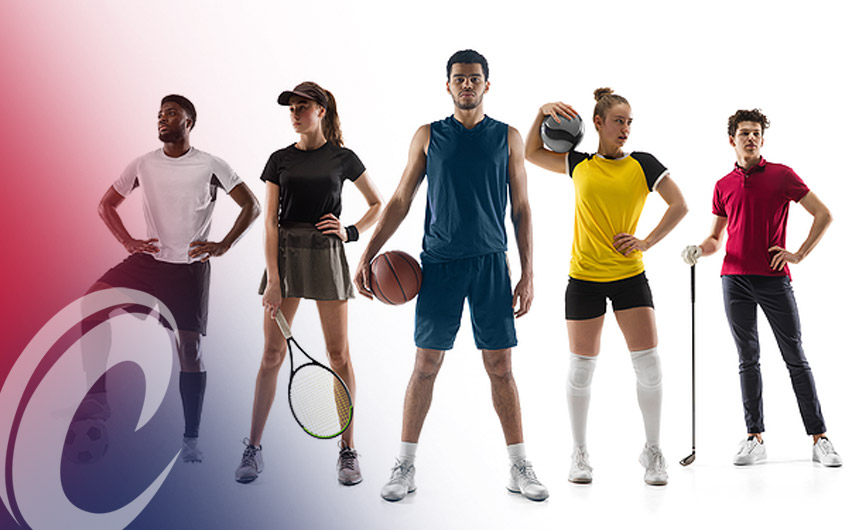As many young athletes near the end of their season they will be faced with different options on what to do during the off season. Some athletes will choose to take this time to prepare for the next season while others will continue to play their sport as a part of a different club or organization. Some other athletes may even elect to find a new sport altogether. The term used when athletes focus on one sport at the exclusion of other sports is defined as “sport specialization.” Those athletes who do not choose to specialize are referred to as “multi-sport athletes”.
Sport specialization often occurs at an early age and is often done with the notion that playing other sports will take time and focus away from an athlete’s primary or favorite sport. At a glance, it may seem like a no brainer. Focusing all of one’s time and energy into a single sport early on should ensure positive development and a successful career in said sport. However, parents and athletes should be aware of the physical and mental effects associated with early sport specialization.
Benefits of cross training
All sports have different methods of training with different focuses. Each have their own place and produce unique results. For example, an athlete who trains for soccer would likely be a faster and more efficient runner than a volleyball player but, may not be as high of a jumper or as efficient in lateral movements. An athlete who participates in multiple sports at a young age will be able to sample different training programs and reap the benefits from all of them. By switching up their training throughout the year, adolescents can begin to form a well-rounded athletic base to set them up for success in their career.
Injury risk in specialized athletes
Many of the injuries that occur in adolescent athletes are a product of overtraining and can be attributed to an overuse of a specific body part or motion (i.e., shoulder pain in baseball pitchers). A recent study from San Diego State University’s athletic training program found that athletes who specialized in a single sport before the age of 11, were considerably more likely to sustain injuries during high school sports compared to their multi-sport counterparts. By varying up their training styles, multi-sport athletes can reduce imbalances and give appropriate rest to different muscle groups, thus decreasing the risk of overuse injuries.
Effect on mental health
Any task performed frequently, intensively and for a long period of time can easily become tiresome and lead to burnout. Sports are no exception in this case. Often young athletes can become so focused on maximizing their performance in a single sport they forget the most important aspect: to have fun! Burnout occurs when an athlete begins to display physical or emotional exhaustion in their sport and can often lead to quitting a sport for good, as they no longer see the fun in it. Trying a new sport, even without the intention of becoming an elite at it, can provide a fun new experience that offers new learning opportunities and perspectives. Returning to one’s primary sport the following season can then offer a sense of rejuvenation and excitement, rather than monotony or anxiety.
We as humans are prone to becoming so obsessed with being successful, we develop tunnel vision and fail to see the bigger picture. By taking on the mindset of “nothing else matters” regarding performance in a single sport we close ourselves off from new ideas, experiences and can forget the real reason why we started participating in the sport in the first place. It is important to remind ourselves that it is ok to take breaks, try other things and play sports just for fun. In doing so, we can return to doing the things we love with an entirely new mindset and set of skills.
Brian Pigao, ATC, CSCS is a Certified Athletic Trainer and Strength and Conditioning Specialist. He can be found working with Compete clients at the Rinks in Westminster and Yorba Linda as well as the Lake Forest facility. Brian can be reached at BrianP@competeperformance.com

